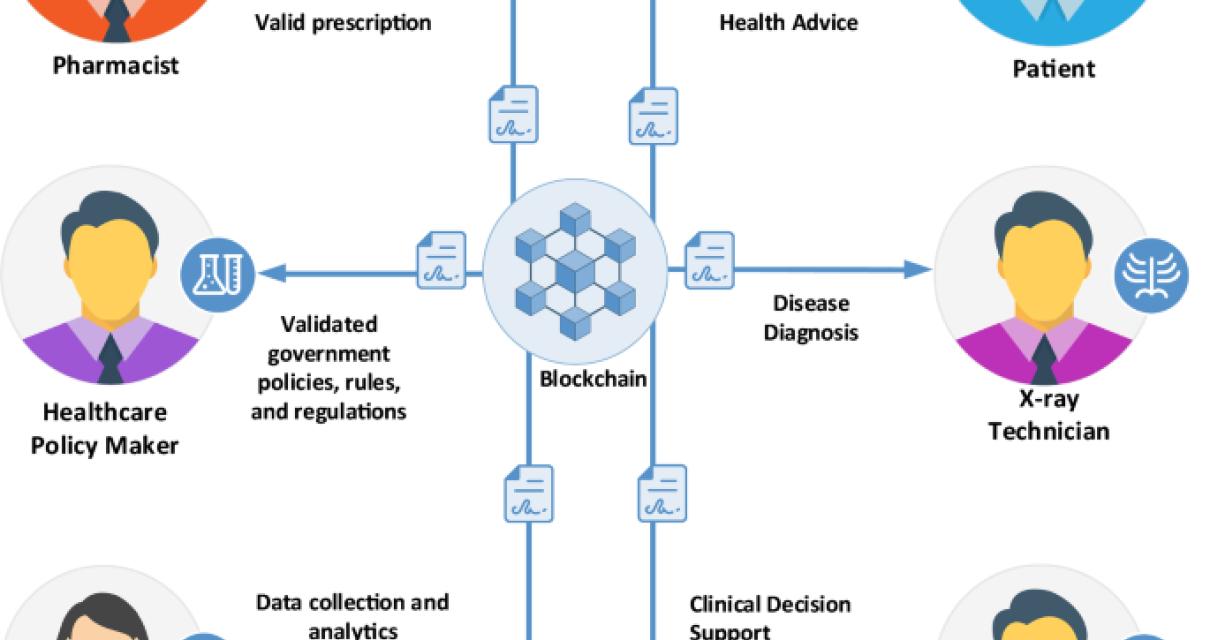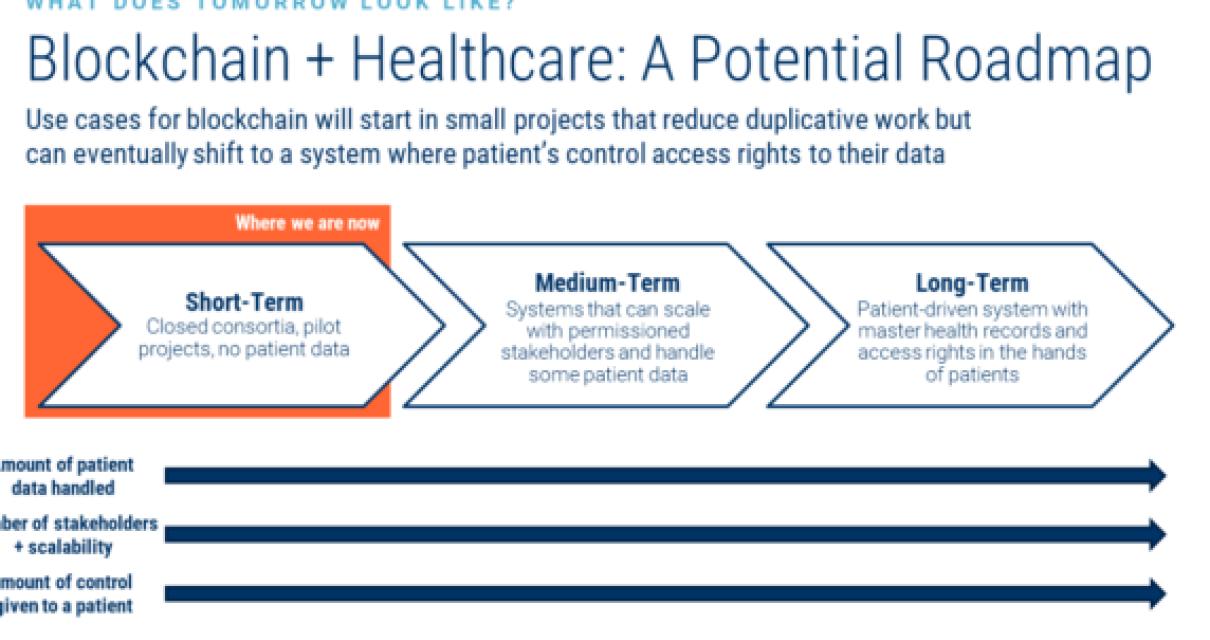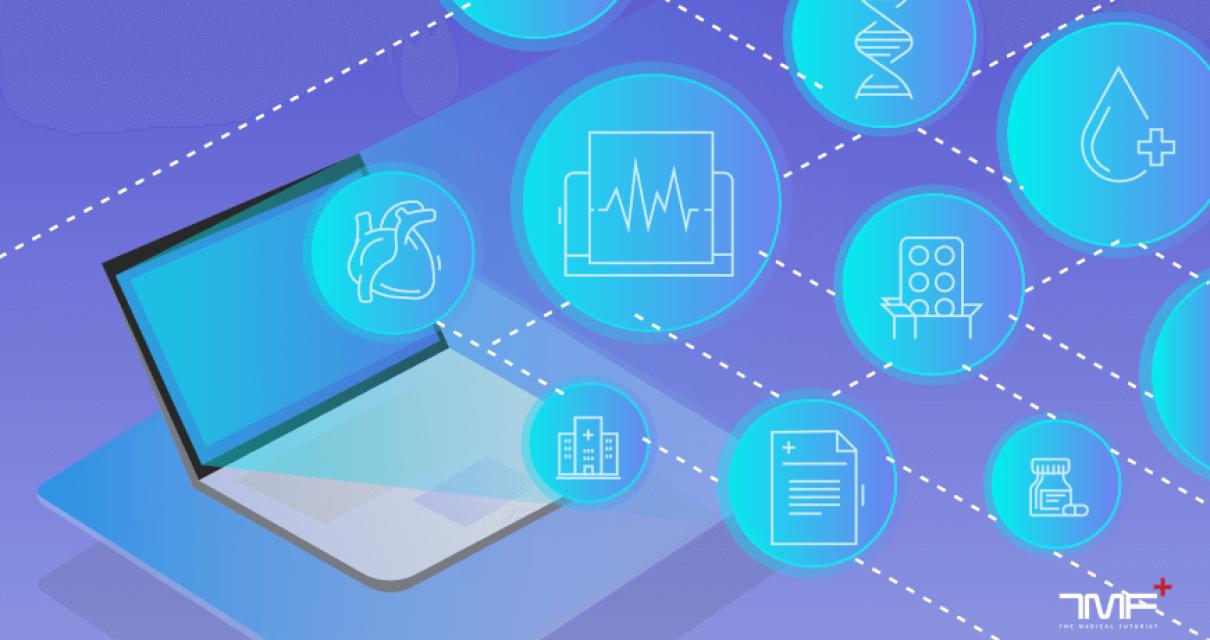A new era of healthcare: how blockchain is revolutionising the industry
Blockchain technology is changing the way healthcare is delivered. It’s providing a new era of transparency, security and trust in the industry.
How blockchain works
A blockchain is a digital ledger of all cryptocurrency transactions. It’s distributed across a network of computers and is constantly growing as ‘completed’ blocks are added to it with a new set of recordings. Each block contains a cryptographic hash of the previous block, a timestamp and transaction data. This makes it incredibly difficult to tamper with the blockchain.
This distributed ledger allows for two main benefits in the healthcare industry. First, it provides a secure platform for recording and tracking patient data. This can include medical records, insurance information, prescriptions and more. It can also help to prevent fraud and improve security.
Second, blockchain technology can provide a transparent platform for exchanging money and assets between patients and healthcare providers. This can help to reduce costs and improve the quality of care.
How blockchain is being used in healthcare
There are a number of ways that blockchain is being used in healthcare.
One example is the use of blockchain to track medical records. This can help to protect patients’ privacy and ensure that their data is secure. It can also help to prevent fraud and improve security.
Another example is the use of blockchain to pay for healthcare services. This can help to reduce costs and improve the quality of care.
Finally, blockchain technology is being used to create new types of healthcare contracts. These contracts can help to improve transparency and security between patients and healthcare providers.
How blockchain is changing healthcare for the better
Blockchain is changing the way healthcare is delivered, from the way medical records are kept to the way payments are made. It’s also helping to secure the trust of patients and doctors by allowing for more transparent and secure transactions.
There are a number of ways that blockchain is helping to improve healthcare. For example, it can help to secure the trust of patients by ensuring that their medical records are accurate and secure. It can also help to reduce the costs of healthcare by allowing for more secure and efficient payments.
Overall, blockchain is changing the way healthcare is delivered and secured, and it is likely to continue doing so in the future.
Blockchain in healthcare: the opportunities and challenges
There are a number of potential applications for blockchain in healthcare, including improving data sharing and transparency, eradicating fraudulent activities, and streamlining the process of managing medical records.
However, there are also several challenges that need to be overcome before blockchain can become a widespread tool in healthcare. For example, the technology is still relatively new and lacks widespread adoption, meaning that it may not be well-suited for many applications. Additionally, blockchain is still relatively complex, which can make it difficult for users to understand and use. Finally, blockchain is vulnerable to cyberattacks, which could compromise the security of patient data.
Can blockchain save healthcare?
There is no one-size-fits-all answer to this question, as the potential benefits and drawbacks of blockchain technology in healthcare will vary depending on the specific application. However, some experts believe that blockchain could be a valuable tool for improving the transparency, security, and efficiency of healthcare systems.
For example, blockchain could help to improve the accuracy and completeness of patient records. This could help to reduce the risk of medical errors and fraud, and improve the quality of care patients receive. Similarly, blockchain could help to improve the security of patient data by enabling patients and healthcare providers to track its whereabouts and origins. This could help to protect against cyberattacks and other forms of data theft.

The potential of blockchain in healthcare
There is no doubt that blockchain technology has the potential to revolutionize healthcare. By providing a secure and transparent platform for exchanging information, it could help to streamline the process of verifying and tracking patients’ medical records. In addition, it could help to create a more integrated and comprehensive system for managing health care costs, by allowing patients to manage their records themselves. Finally, blockchain could also be used to improve the quality of healthcare services by ensuring that they are delivered accurately and quickly. all of which would undoubtedly improve patient welfare. However, there are still some significant challenges that need to be overcome before blockchain can truly take off in the healthcare sector. First, it is currently difficult to securely store and transmit large volumes of data using blockchain technology. Second, it is still unclear how best to deploy blockchain technology in the context of healthcare institutions. Finally, there are a number of regulatory hurdles that must be cleared before blockchain can become mainstream in the healthcare sector. all of which will undoubtedly require considerable effort and investment. Nevertheless, there is no doubt that blockchain has the potential to revolutionize healthcare – and there is no doubt that it is here to stay.

How blockchain could transform healthcare
There are many potential benefits that could be seen from blockchain being adopted within the healthcare sector. Some of the main advantages include:
1. Increased accuracy and transparency: Blockchain technology can help to increase accuracy and transparency when it comes to healthcare data. This is because it allows for the secure sharing of information between different parties, which in turn can help to improve the accuracy of medical records.
2. Reduced costs: Another potential benefit of blockchain technology is that it could reduce costs associated with healthcare provision. This is because it could help to streamline processes and reduce the amount of time that is needed to carry out certain transactions.
3. Improved security: Another advantage of using blockchain technology in healthcare is that it can help to improve security measures. This is because it allows for the secure storage of data and the tracking of transactions.
4. Increased flexibility: Another benefit of using blockchain technology in healthcare is that it can increase flexibility. This is because it can allow for the easy adaptation of systems to changing needs.
5. Increased trust: One of the key benefits of using blockchain technology in healthcare is that it can increase trust. This is because it is a more secure and transparent way of handling data.
The future of healthcare is blockchain
The future of healthcare is blockchain. Blockchain technology can help to improve the security and transparency of healthcare data, enabling better patient outcomes. It can also help to reduce costs, by making it easier to track and share information between healthcare providers.

Why blockchain is the future of healthcare
Blockchain technology is the future of healthcare because it is a secure and transparent system that can help to improve the efficiency and accuracy of healthcare records. It can also help to reduce the costs of healthcare by reducing the need for middlemen and by providing a secure platform for sharing information.